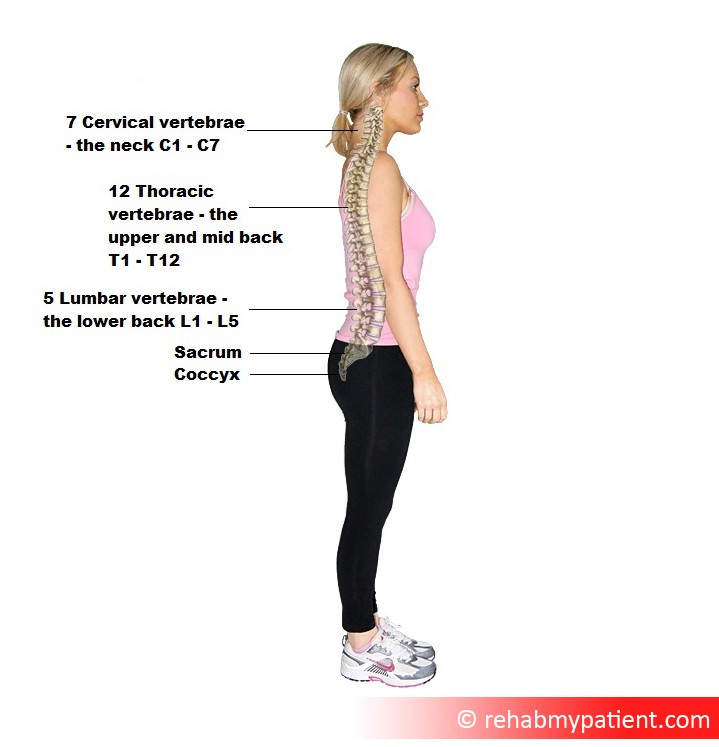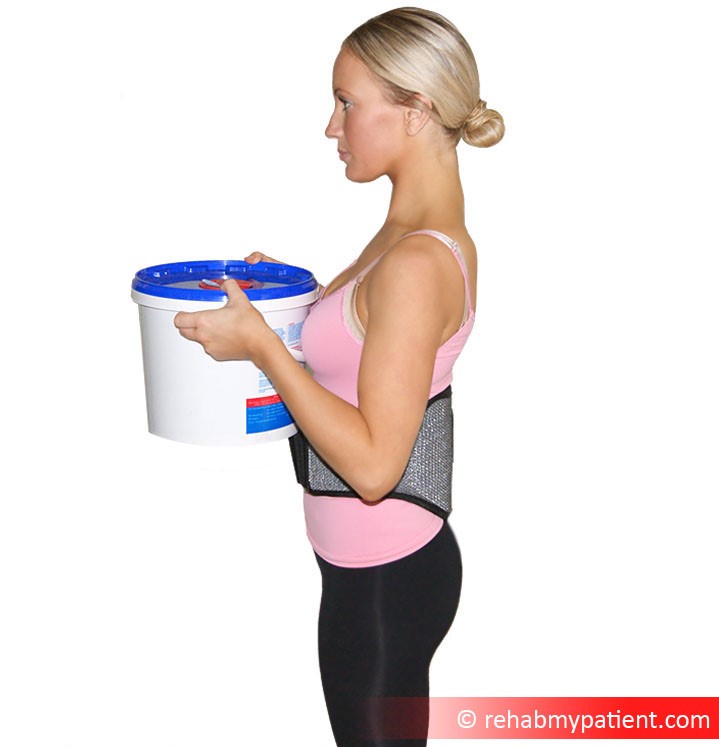
Lower Back Pain
At one point in time or another, just about everyone will experience pain in their lower back. The pain can range from mild to more severe. It can be long-lasting or short-lived. Regardless of how it happens, lower back pain can make it difficult to engage in regular activities that you do on a daily basis.
Around 80% of the population suffer back pain at some point in their life. It’s very common, and can be very debilitating. Lower back pain can be acute (very painful), chronic (long lasting), specific, vague, achy, and it can radiate in to the legs as pains, aches or pins and needles.
Back pain can affect your day-to-day living by limiting sport, affecting doing things around the house, hobbies, or work.
Research tells us that most back pains clear up within 6 weeks, but there are still a large number that become chronic, and its these which are most worrying. There are many treatments which will be discussed later in the article.
Low Back Pain Anatomy
Understanding your spine and the manner in which it works will help you understand what is causing the pain in your lower back to begin with. Your spine is composed of multiple small bones (vertebrae), which are all stacked one on top of the other. Ligaments, muscles, intervertebral disks and nerves are the additional components of your spine.

The bones of the vertebrae connect to form a canal protecting the spinal cord. The column is composed of three different sections creating three distinct curves in the back: the curves within the neck area (cervical), the lower back (lumbar) and the chest area (thoracic). The lower part of the spine (coccyx and sacrum) is composed of the vertebrae that are fused together.
The electrical cables of the nerves and the spinal cord travel through the canal and carry messages between the muscles and the brain. Nerves branch out from the cord and through all of the openings in the vertebrae. The most famous of the nerves is the sciatic nerve, which is responsible for causing sciatica when trapped or pinched. The pain tends to travel into the buttock, the back and side of the hamstring, the outside of the calf and sometimes into the foot, heel or big toe. Sciatica can be extremely painful and cause gross weakness in the leg. The other main nerve that arises from the lower back is the femoral nerve, and this tends to cause pain down the front of your thigh to the knee.
The ligaments and muscles provide you with the stability and support your spine and upper part of the body needs. Strong ligaments are responsible for connecting the vertebrae and help to prevent disc problems.
How to Treat Low Back Pain:
- Physical Therapy This particular type of treatment can involve massage, heat, ice, electrical stimulation and ultrasound. By using exercise, you can help to restore motion and strength to the lower back, which is ideal for relieving pain. Your therapist will give you a home exercise program to speed up your recovery.
- Brace or Support The most common type of brace used is that of a corset-type one. It can be wrapped around the stomach and the back. Even though they aren’t always helpful, there are some individuals who report feeling a lot more stable and comfortable while they are wearing the brace. Lumbar supports can be useful when one knows they must engage in heavy lifting.

- Osteopathy In the US, osteopaths are medical doctors as well as therapists. In the UK and Europe osteopaths are therapists who massage, articulate, and stretch the spine to improve range of mobility and reduce inflammation. Osteopathy is very holistic and osteopaths tend to look at the whole body. Many osteopaths use strong techniques such as manipulation to make the joints “crack or pop”.
- Chiropractic Therapy Chiropractic is often provided in a number of different forms. Some forms are heavy and use manipulation to “crack or pop” the joints and improve mobility to the joints. Some forms are gentler such as McTimmony Chiropractic. Some individuals have found relief from pain in their lower back when employing the use of these treatments.
- Fitness Training/Personal Training Active therapy involves weight lifting, stretching and cardiovascular exercises which can all be helped in the gym.
The best thing is to see your back pain therapist before anybody else. They will be able to discover the underlying cause of your problem. If they are unable to, they may ask you to go for an MRI scan or an X-ray. MRIs are very commonly performed for back pain as they nicely show up slipped discs, one of the most common causes of lower back pain. They can also show up trapped nerves.
Tips:
- Combining aerobic exercise, such as swimming or walking, with specific exercises to maintain the muscles in the abdomen and back flexible and strong.
- Make sure to lift any heavy items with your legs and not the back. Avoid bending over to pick something up. Make sure the back is straight and you bend down at the knees.
- Being overweight places added stress on the lower part of your back.
- Smoke and nicotine both cause the spine to age a lot quicker than if you weren’t smoking.
- Proper posture is important to avoid any future problems.
Sign Up
Sign up for your free trial now!
Get started with Rehab My Patient today and revolutionize your exercise prescription process for effective rehabilitation.
Start Your 14-Day Free Trial